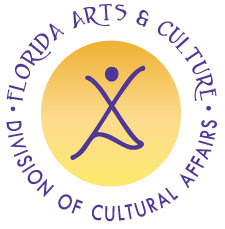Plans for St. Marks-in-the-Bouwerie Towers, New York, 1927-1931
Frank Lloyd Wright Was a Genius at Building Houses, But His Ideas for Cities Were Terrible
BY
The New Republic
Most educated Americans can recite the names of at least a few of the principal figures of twentieth-century art—Pablo Picasso, Salvador Dalí, Jackson Pollock, maybe Jasper Johns—but ask about the architects of the same era and the only name you are almost guaranteed to hear is Frank Lloyd Wright. He may be the only architect (besides Thomas Jefferson, celebrated for different reasons) whose visage and buildings the U. S. Postal Service repeatedly commemorates. It is as if Wright were the architect who best represents the United States in the eyes of itself.
...
Now, with the mounting of yet another exhibition of Wright’s work at MoMA, it is fair to ask: again? Is there something in Wright that we have not seen before? This time the occasion is MoMA’s felicitous acquisition, jointly with Columbia University, of the entire Wright archive, which had been languishing in suboptimal conditions at the underfunded Frank Lloyd Wright Foundation in two of Wright’s former homes—Taliesin, in Spring Green, Wisconsin, and Taliesin West, in Scottsdale, Arizona. It is a coup for both MoMA and New York City to obtain Wright’s extensive archives, and reasonable to expect some kind of public feting of the acquisition. But behind the walls of “Frank Lloyd Wright and the City: Density vs. Dispersal,” a small show of spectacular drawings of his designs for various skyscrapers and the model for his imaginary Broadacre City, one can practically hear the curators at MoMA and Columbia flogging themselves, trying to come up with something new to say.
They fail, but that doesn’t mean that the show should be missed. That Wright designed skyscrapers throughout his long career is not generally known, and the exhibition contains several superb hand drawings, better than any drawing by Ellsworth Kelly or Robert Ryman or many other works on paper that MoMA exhibits as art. Wright’s skyscraper designs beautifully illustrate his lifelong project of integrating structure, form, and ornament to create what he called an organic architecture, drawn from and integrated into the natural world.
Please find the whole thought provoking article here
I have had the fortune of visiting many of Wrights most famous projects. I've been to Falling Water many times. My wife Christine toured the United States visiting almost all of Wrights projects while she was in school for architecture. Maybe the fact the you have to search out Wright's projects is part of the allure that the article above refers to. Falling Water would be worth the trip regardless of where it's located. The house, now museum, is a perfect piece of art.
There are other important architects of Wrights time. Many were more modern but Wright understood what the Modernists never could. American's likes kitsch, we like chotchkies. Function leads all design but as American's we still need the ornament. Wright gave us both, organic design while delivering the show off beauty American's need. GL





















 Need more information? Browse the
Need more information? Browse the 















